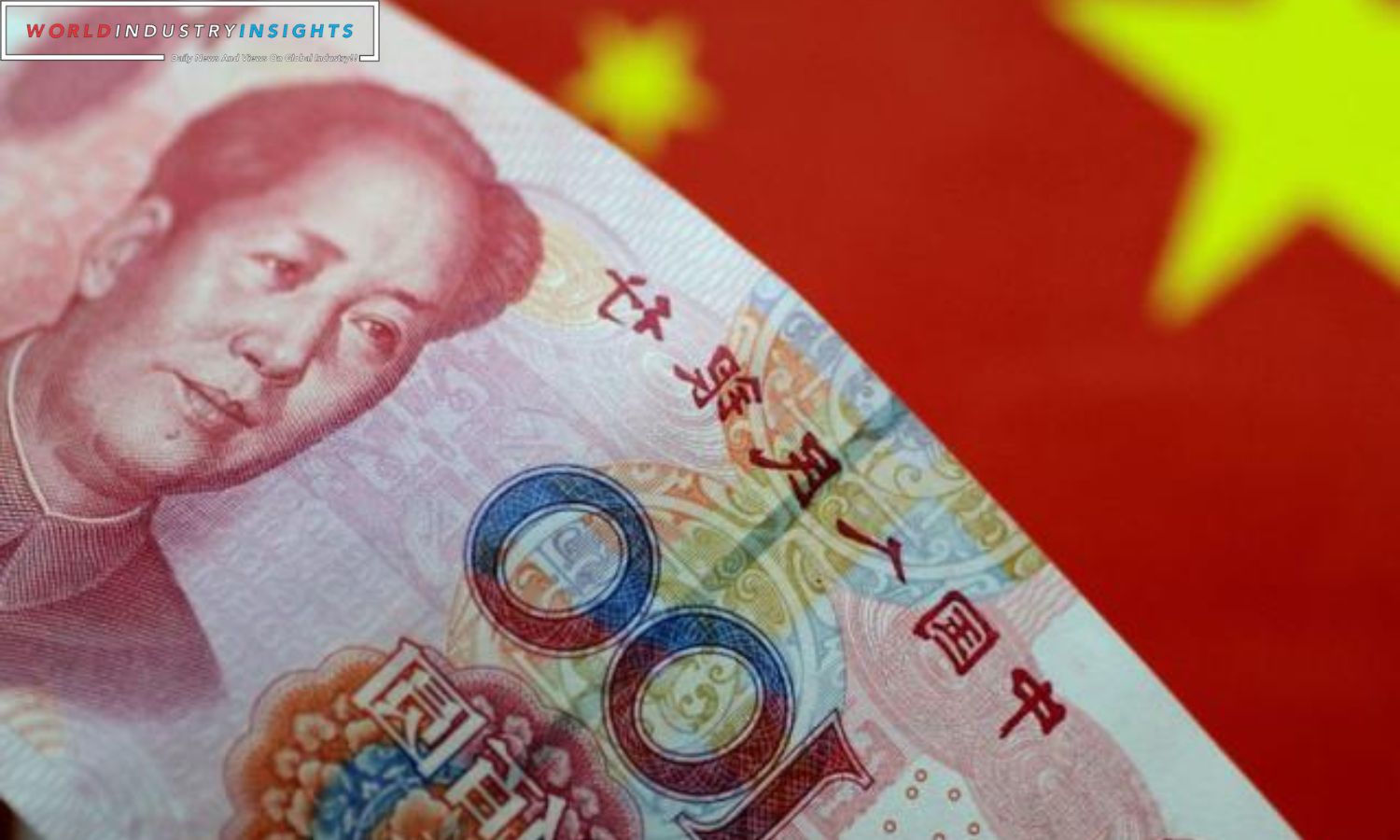Global Banks Forecast: Major investment banks anticipate the yuan to face persistent downward pressure in the first half of 2024, followed by a potential rebound in the latter half. The projections hinge on expectations that the U.S. Federal Reserve will initiate interest rate cuts, influencing currency dynamics. China’s economic challenges and a strong U.S. dollar have led to a volatile yuan in 2023. Analysts highlight the significance of sustained Chinese growth and improved asset market performance for a more lasting yuan appreciation. The economic backdrop, including mixed activity data and property price declines, adds uncertainty to the currency’s trajectory.
“While we view the strong policy-driven daily fixes of CNY as a clear indication of policymakers’ desire to reduce depreciation expectations and manage capital outflow pressures, we think a more sustained CNY appreciation would require a more convincing pickup in Chinese growth and improved prospects of asset market outperformance, which seems hard to envisage amid mixed activity data, continued property price declines, and negative inflation.”
“We see CNY staying supported into Lunar Year, but will likely give up some gains subsequently. Near term, seasonality is positive into the Lunar New Year holidays. But the yuan may face renewed challenges in H1-24. We see USD/CNY testing higher in the range of 7.15-35 in H1-24… Rate differential will remain wide with developed market (DM) rates staying higher and CNY rates lower for longer.
Given the difference in economic fundamentals, China inflation will likely stay structurally lower while DM inflation may stay sticky, resulting in a persistent policy rate difference – even if the Fed starts cutting next year, USD rates will stay materially higher than CNY rates by end-2024.”
Also Read: Navigating Economic Crosswinds: World Banks Anticipate Global Growth Challenges in 2024?
The policy effort of containing CNY depreciation became a permanent factor in People’s Bank of China’s (PBOC) policy toolkit. However, extended monetary policy divergence would keep pushing the USD/CNY higher until there is a clear sign of a U.S. Fed pivot. Policy balancing between local rates and FX is likely to be slightly tilted toward lower local rates at the expense of a slightly higher USD/CNY.”
“We expect a turnaround in 2024 to result in a stronger CNY. The cumulative effects of the stimulus measures that have been announced, including the recent ones around the property sector, should start to reflect in better economic data in early 2024.
With the Fed expected to start cutting interest rates by mid-2024, the USD should continue to correct from overvalued levels. This will see a return of portfolio flows into the onshore bond and equity market. The repatriation of past retained earnings by multinationals should also ease off, and exporters are likely to increase their conversion rate.”
“China’s economy has yet to gain a firm footing and this will continue to pose downside pressure on the yuan in the near term. Also, even though the negative interest rate differentials between China and the U.S. have narrowed somewhat recently, they are likely to persist given the divergent policy directions for the Fed and PBOC. The yuan will unlikely strengthen substantially as structural headwinds, including the real estate troubles, will continue to pose risks to China’s growth outlook.”
Our Reader’s Queries
What is the outlook for banks in 2024?
Fitch Ratings has upheld its negative outlook for the US banking sector in 2024, following a tumultuous 2023. The agency anticipates that asset quality and operating profit will continue to be strained due to weaker economic growth and labor market challenges.
What is the outlook for S&P Global bank in 2024?
Our projection for the worldwide banking industry in 2024 is one of sustained ratings stability. While we do not anticipate significant upward ratings momentum, we do identify a number of critical risks that could potentially harm bank ratings in the event of a downside scenario beyond our base case. Banks will encounter obstacles and uncertainties.
What will replace banks in the future?
The year 2021 witnessed a significant surge in the global fintech startup count. Industry experts predict a promising future for fintech, with its evolution bringing immense benefits to us. Fintech has revolutionized the financial landscape, compelling traditional banks to shed their conservative approach.
Which banks are high risk?
The banking industry is facing a challenging time, and some banks are more vulnerable than others. First Republic Bank, Huntington Bancshares, KeyCorp, Comerica, Truist Financial, Cullen/Frost Bankers, and Zions Bancorporation are among the most vulnerable banks. These banks have above-average liquidity and capital risks, making them more susceptible to financial instability. It’s important to keep an eye on these banks and their financial health to ensure the safety of your investments.


